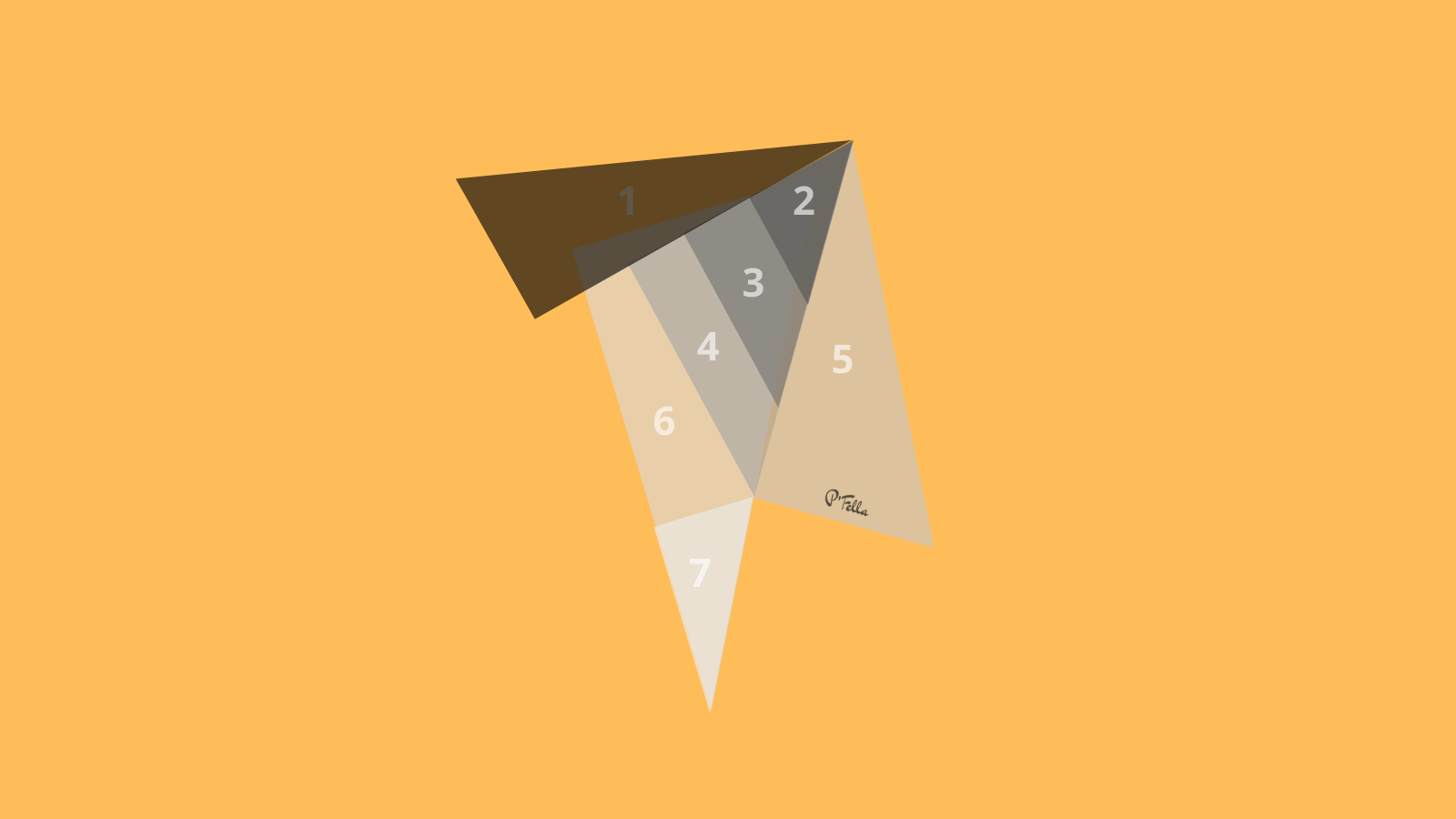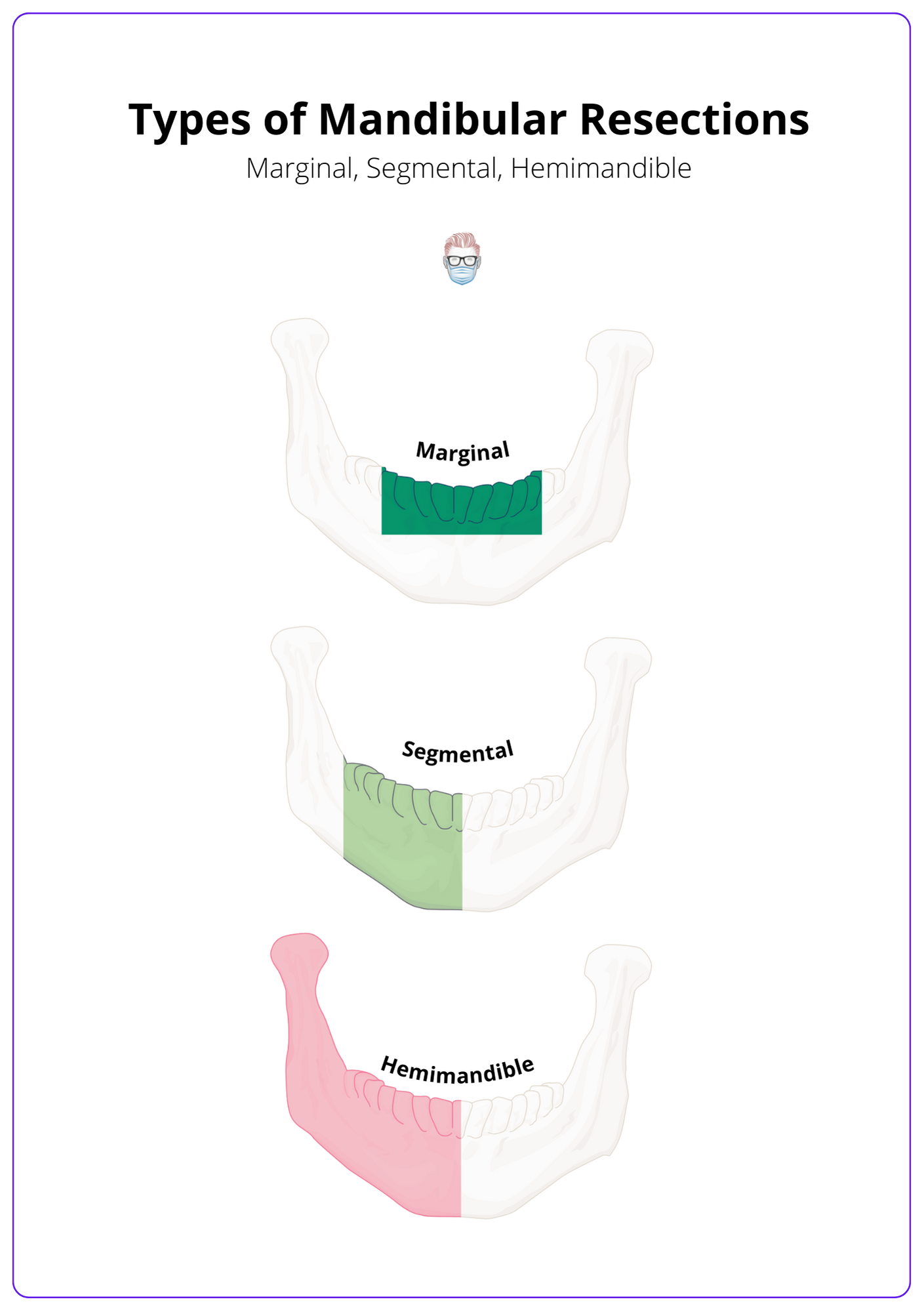In this week's edition
- ✍️ Letter from P'Fella
Community building: meet threads! - 🤓 The Sunday Quiz
How well do you know neck dissection? - 📑 Guides
Launch of our new guides feature! - 🖼️ Anatomy Illustration of the Week
Cervical lymph nodes of the neck. - 🎓 theFellow's Corner
This week's feature: Mandibular defects. - 📖 What Does the Evidence Say?
How do CAD outcomes compare to traditional techniques in mandibular reconstruction? - 🔥 Articles of the Week
Staging for HNcSCC, oral cavity reconstruction, & melanoma management: 3 articles with 1 sentence summaries. - 💕 Feedback
Suggest ideas & give feedback!
A Letter from P'Fella
Meet Threads
I’m genuinely excited to welcome you to Threads by thePlasticsFella! This isn’t just another online group; it’s a cozy corner of the internet where current and future plastic surgeons can come together, share, and grow in a supportive environment.
In Threads, you’ll find a place where we can truly connect—free from the noise of algorithms or the worry of what others may think.

Here’s what you can look forward to:
- Exchange study tips: Whether it’s about that tricky exam or the latest techniques, we’re here to learn from one another.
- Share your stories: We all have unique journeys, and your experiences can make a difference for someone else.
- Get insights on interviews and applications: You’re not alone in this—let’s help each other navigate the ups and downs.
- Stay in the loop: Discover events and opportunities that are tailored just for us.
And there’s so much more to come! Imagine diving into clinical cases together, hosting discussions on topics you’re passionate about, and learning directly from the pros through live masterclasses and coaching sessions.
If this sounds like the community for you, I’d love for you to join the waiting list. Your voice and ideas will help shape Threads into a space where we can all thrive and support one another.
I can’t wait to welcome you inside!
Lot of Love,
P'Fella ❤️
The Sunday Quiz
How Well Do You Know Neck Dissection?
Welcome to the next round of The Weekly Quiz.
Each edition of thePlasticsPaper includes a quiz question designed to challenge and engage our readers. Keep your wits about you and join in every week — the winner at the end of six rounds will earn you a $100 voucher.

Guides
Launch of Our New Guides Feature!
These Guides are designed to simplify complex topics and provide essential knowledge in an easy-to-follow format. Check out our new guide below 👇
What's the FRCS Plast All About?
A rigorous JCIE-governed exam that certifies a surgeon's consultant-level expertise in plastic surgery.
Are You Eligible?
Entry requirements span a recognized medical degree, years of experience, curriculum adherence, and professional references.
Structure of the FRCS Plast Exam
The exam unfolds in two stages: a computer-based test followed by a two-day hands-on clinical evaluation.
Key Dates for the FRCS Plast Exam
The exam takes place multiple times a year; don't miss the application deadlines!
Tools to Boost Your FRCS Plast Prep
Discover specialized tools like thePlasticsPro, tailor-made to help you succeed.
Success Rates and the Coveted Gold Medal
CCT trainees tend to shine, and standout performances can earn the prestigious Ian McGregor Medal.
Unraveling the Cost
The £1904 fee is a comprehensive package, supporting various operational and developmental aspects of the exam.
Anatomy Illustration of the Week
Cervical Neck Nodes
In this new section, we feature an anatomical illustration. This edition looks at the anatomy of hard and soft palates.
👇

the Fellows' Corner
This Week's Focus: Mandibular Defects
In case you've missed out, here's a reminder to check out our fresh articles, clinical cases, and surgical techniques.
Read below for an overview of our article on Mandibular Defects.

Mandibular Defects
Classification
Jewer-Boyd classification is used to describe hemi-mandibular, central, and lateral defects. It guides the therapeutic algorithm.
Pathophysiology
Directly in lymphatics or via nerves. Periosteum and teeth provide relative resistance to invasion.
Types of Mandibular Resections
3 types based on their width and length of resection: marginal (rim), segmental, and hemimandile.
Types of Mandibular Reconstruction
No reconstruction, plates, non-vascularised bone grafts, and vascularized bone flaps.
What Does the Evidence Say?
CAD Vs. Traditional Techniques in Mandibular Reconstruction
Mahendru et al. (2020) found that CAD-CAM significantly reduced intraoperative time and improved aesthetic outcomes, with fewer cases of postoperative malocclusion. Bouchet et al. (2018) reported no significant differences in functional and aesthetic outcomes, suggesting the need for further research. Gil et al. (2015) demonstrated reduced operating times and lower malocclusion rates with CAD-CAM. Tarsitano et al. (2016) highlighted improved morphological results with CAD-CAM, while their economic analysis indicated cost-effectiveness due to reduced surgical time. Ritschl et al. (2017) found comparable functional results between both techniques. Powcharoen et al. (2019) concluded that CAD-CAM offers increased efficiency with shorter operative times but called for more research on accuracy and costs.
Overall, CAD-CAM techniques show promise in enhancing surgical outcomes in mandibular reconstruction (Mahendru et al., 2020; Bouchet et al., 2018; Gil et al., 2015; Tarsitano et al., 2016; Ritschl et al., 2017; Powcharoen et al., 2019).
Articles of the Week
3 Interesting Articles with 1 Sentence Summaries
Explore a critical evaluation of the 8th edition AJCC staging for head and neck cutaneous squamous cell carcinoma (HNcSCC) with nodal metastases, comparing it to the N1S3 and ITEM risk models.
Explore key methods and considerations in oral cavity reconstruction for oral sites including lips, tongue, and mandible, along with the appropriate use of grafts and flaps.
Immediate completion lymph-node dissection in patients with sentinel-node metastasis from melanoma offers enhanced regional disease control, yet does not significantly impact melanoma-specific survival.



